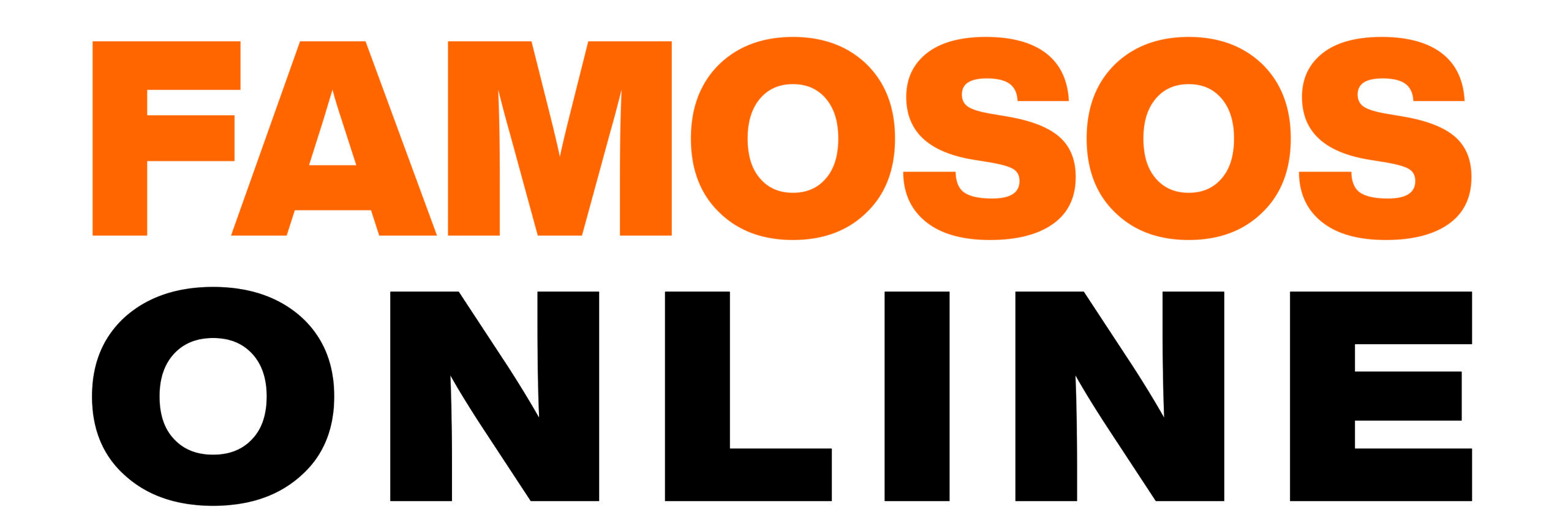After the COVID-19 pandemic stopped many asylum procedures throughout Europe, new technologies are actually reviving these kinds of systems. Out of lie recognition tools tested at the border to a program for validating documents and transcribes interviews, a wide range of technology is being utilized in asylum applications. This article is exploring how these technology have reshaped the ways asylum procedures will be conducted. It reveals how asylum seekers will be transformed into compelled hindered techno-users: They are asked to conform to a series www.ascella-llc.com/ of techno-bureaucratic steps and to keep up with unstable tiny changes in criteria and deadlines. This obstructs the capacity to get around these systems and to go after their legal right for protection.
It also shows how these types of technologies happen to be embedded in refugee governance: They accomplish the ‘circuits of financial-humanitarianism’ that function through a flutter of spread technological requirements. These requirements increase asylum seekers’ socio-legal precarity by hindering these people from being able to view the programs of protection. It further states that studies of securitization and victimization should be put together with an insight into the disciplinary mechanisms these technologies, through which migrants happen to be turned into data-generating subjects whom are self-disciplined by their reliability on technology.
Drawing on Foucault’s notion of power/knowledge and comarcal know-how, the article argues that these systems have an inherent obstructiveness. There is a double result: while they assist with expedite the asylum method, they also help to make it difficult just for refugees to navigate these kinds of systems. They are positioned in a ‘knowledge deficit’ that makes them vulnerable to illegitimate decisions made by non-governmental celebrities, and ill-informed and unreliable narratives about their situations. Moreover, that they pose new risks of’machine mistakes’ which may result in incorrect or discriminatory outcomes.
